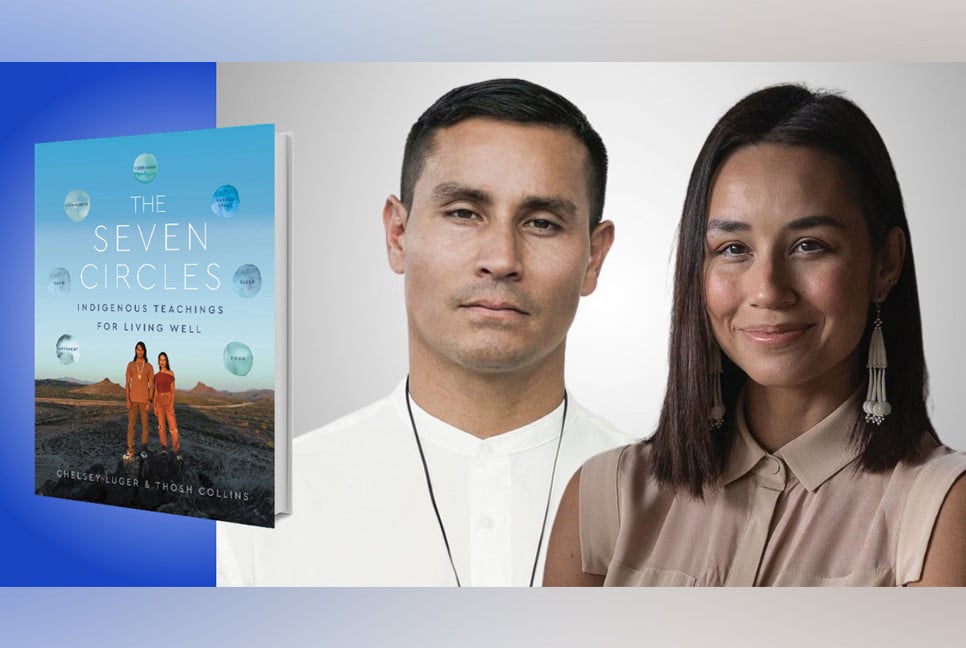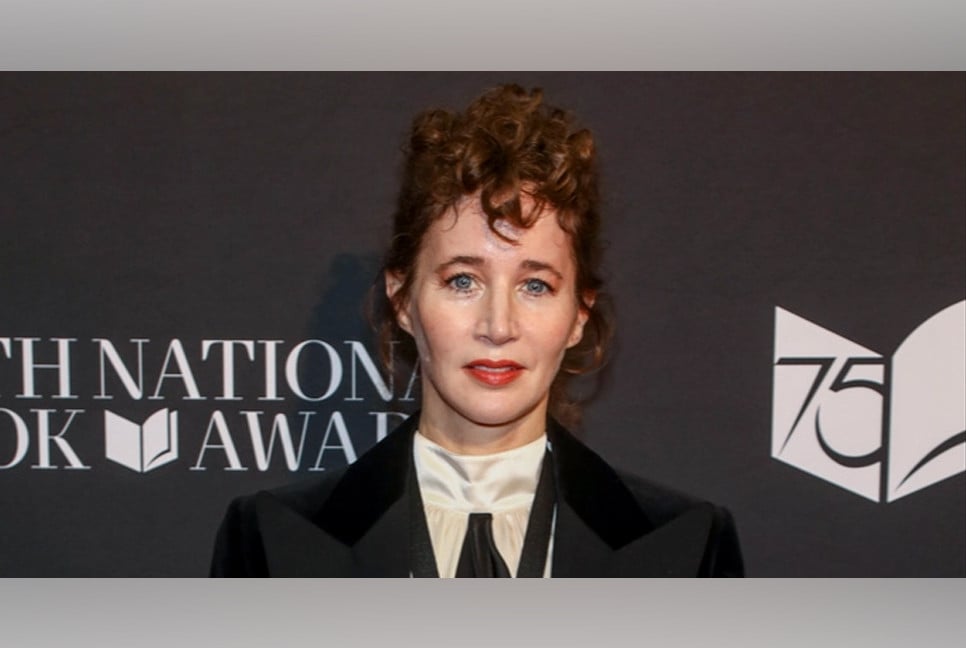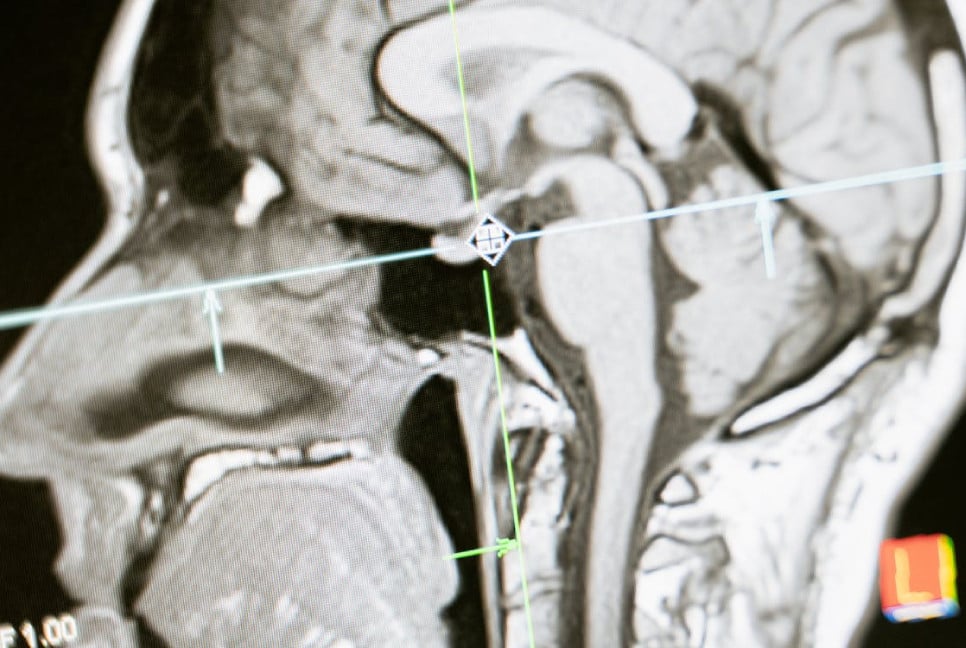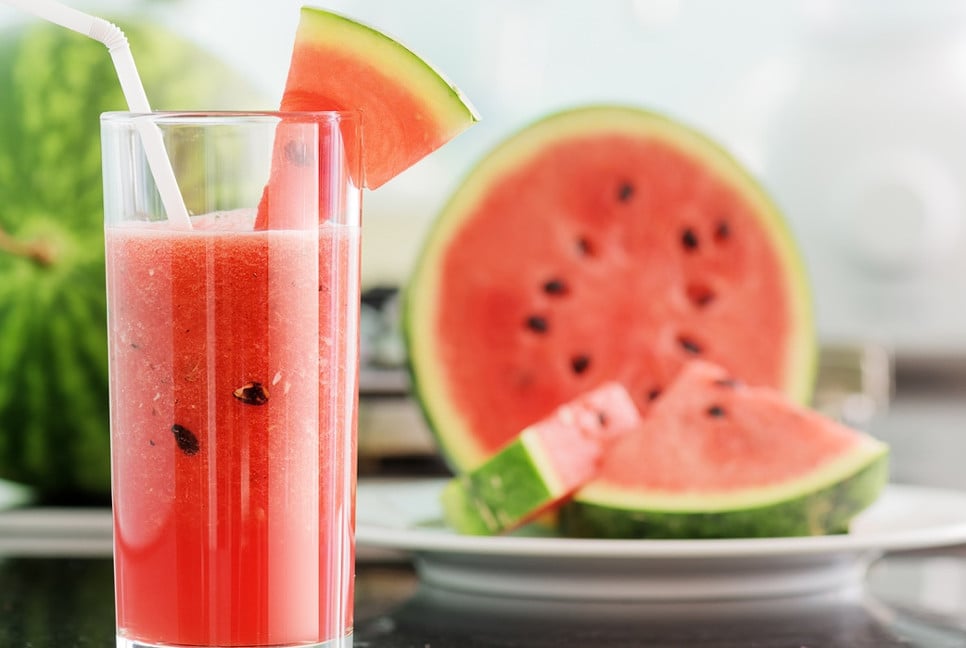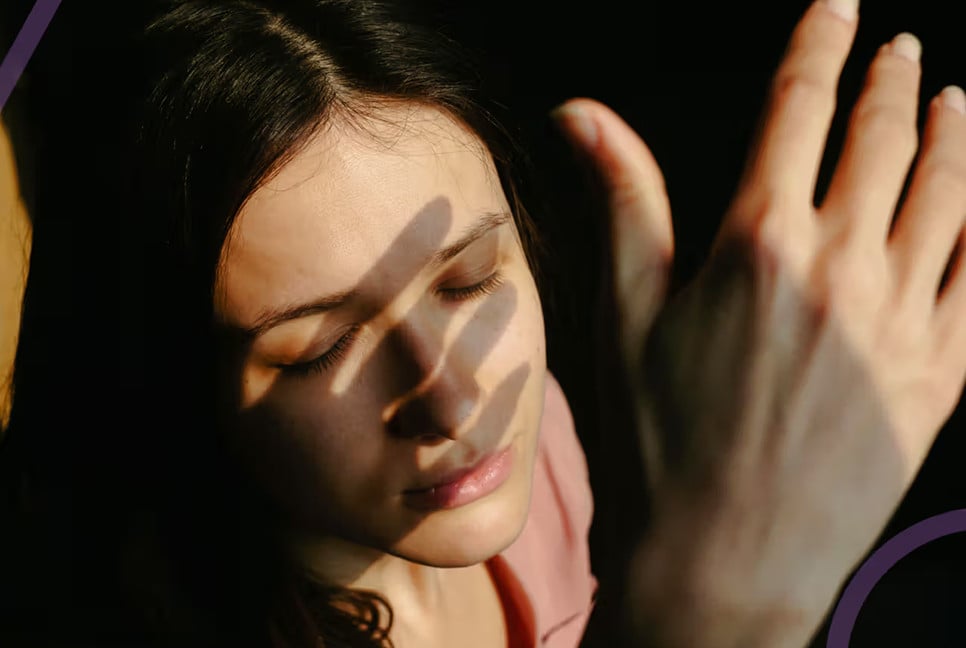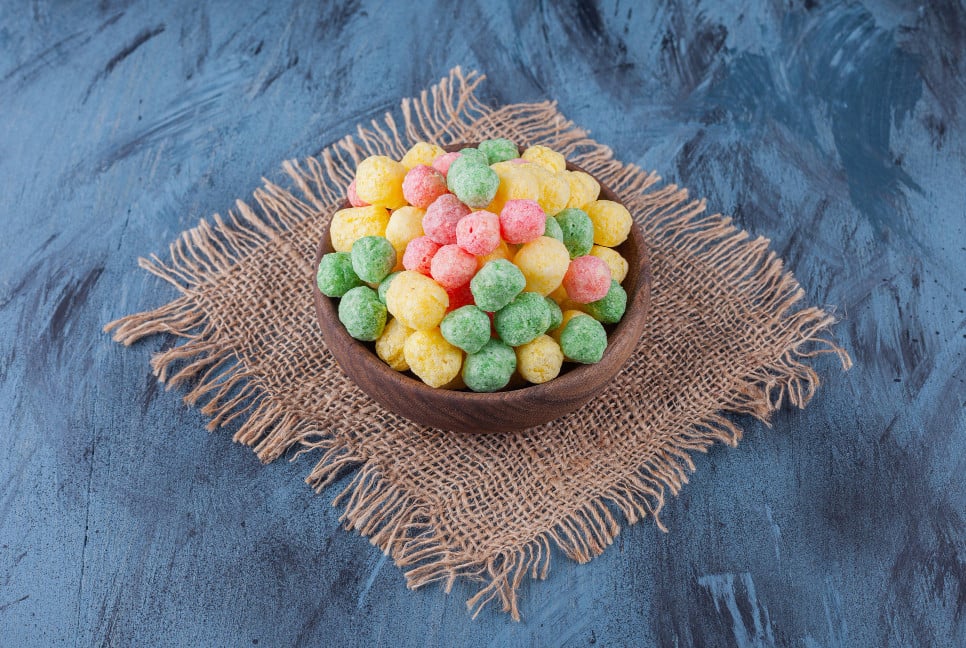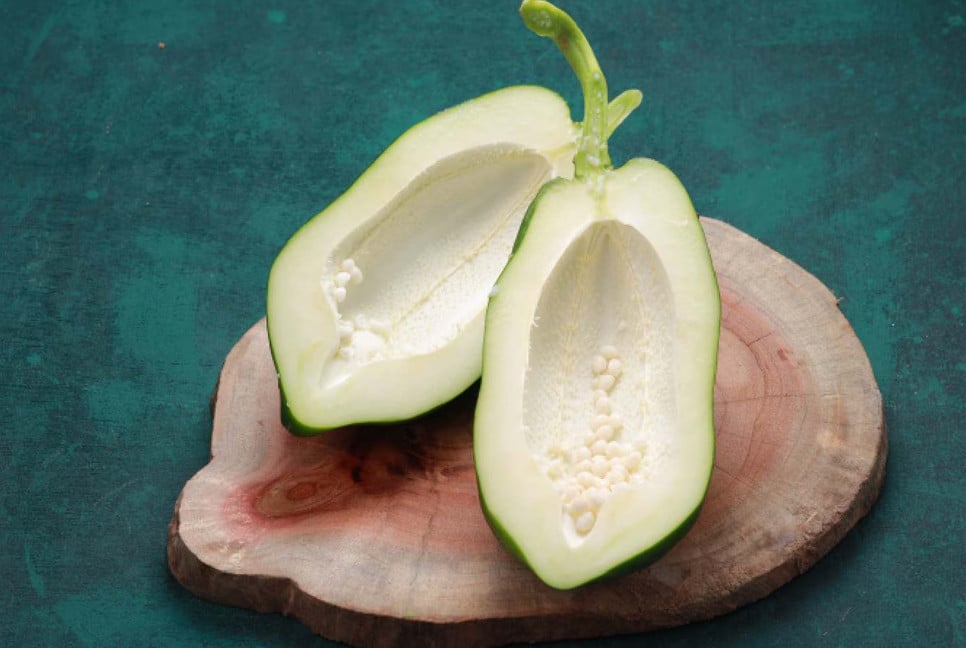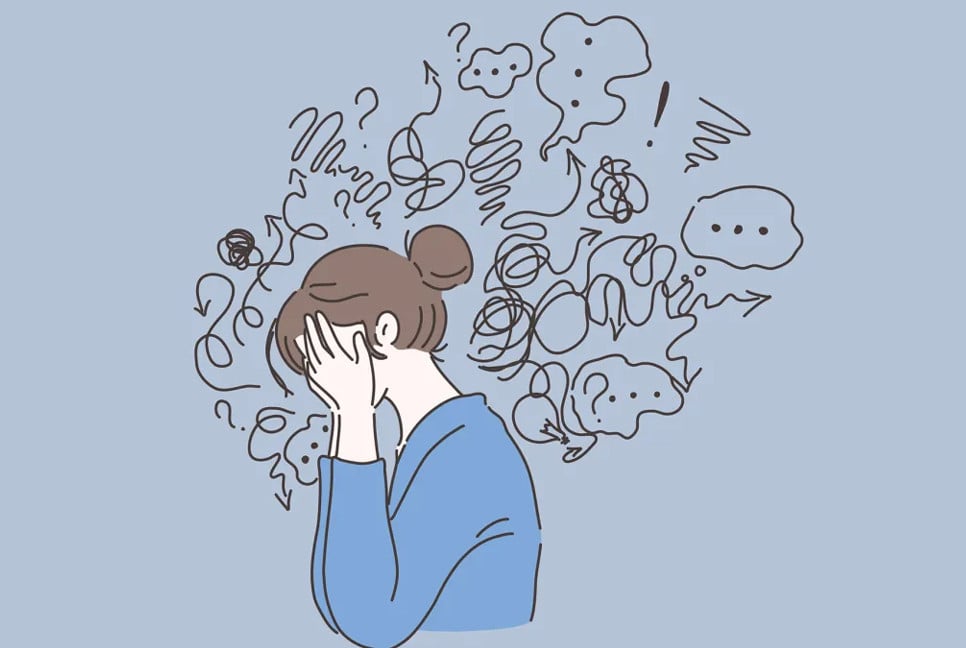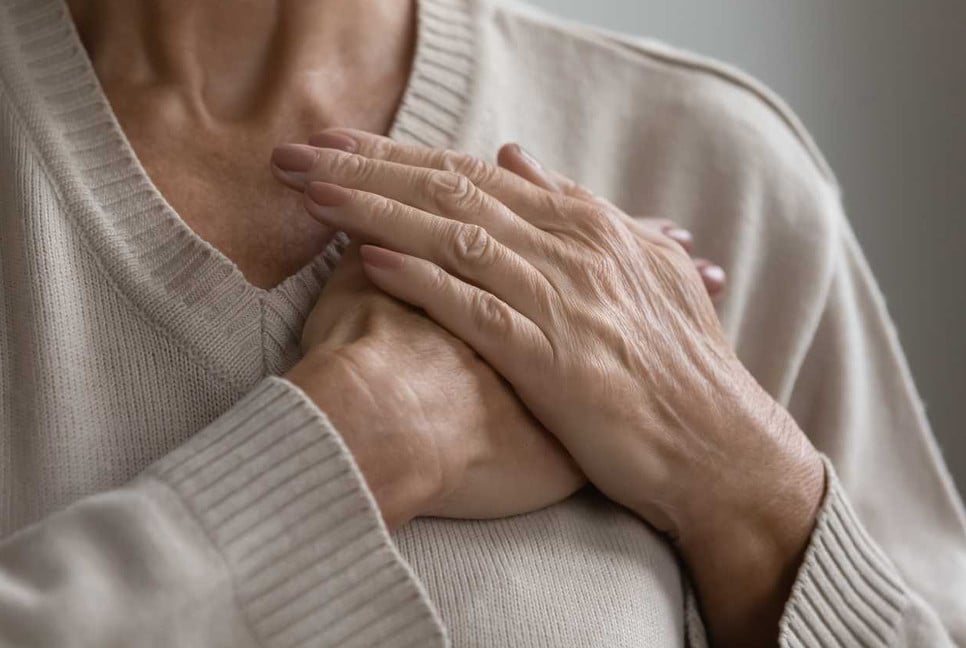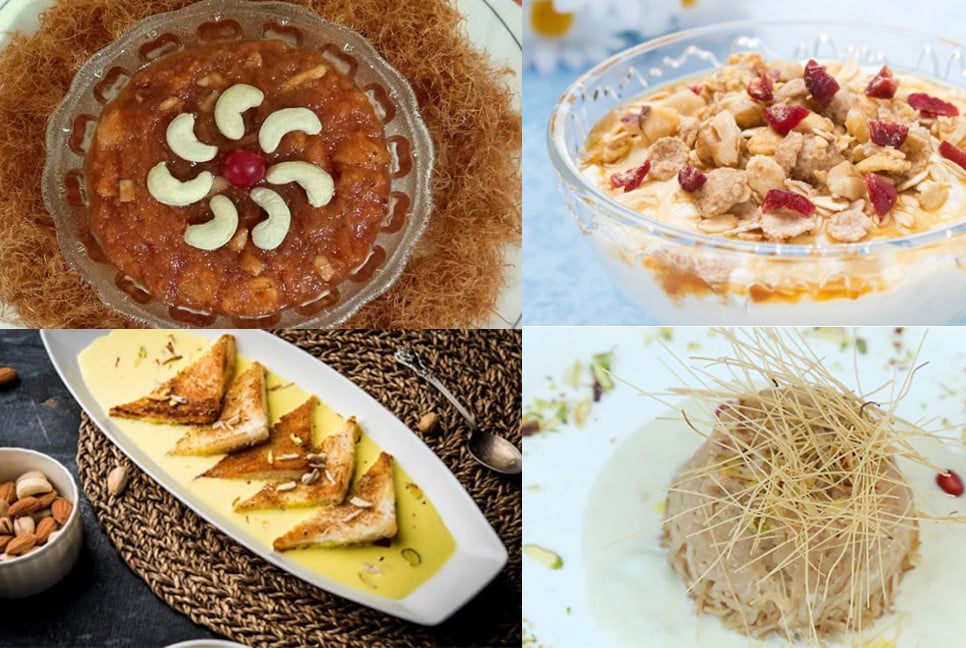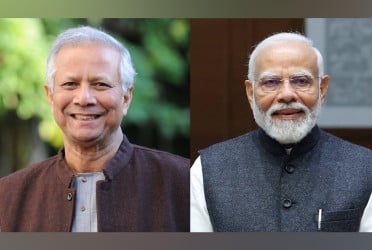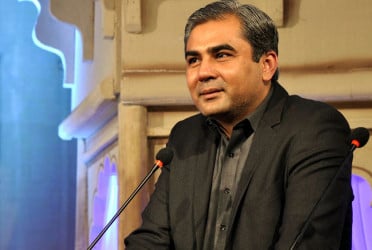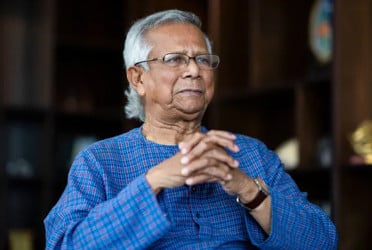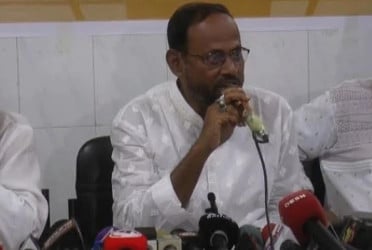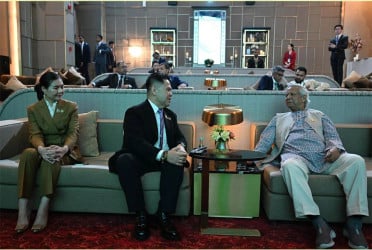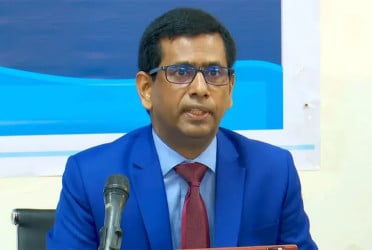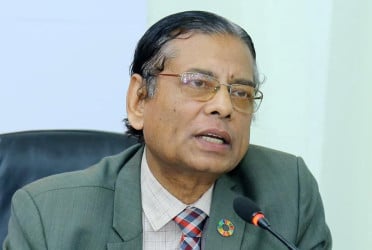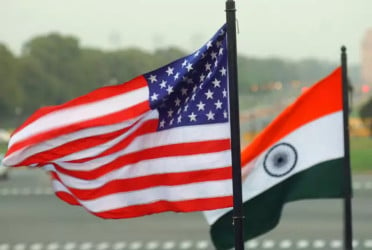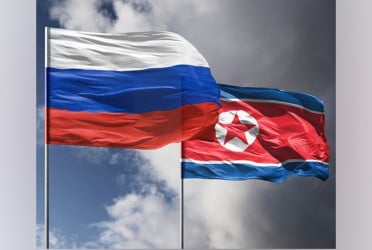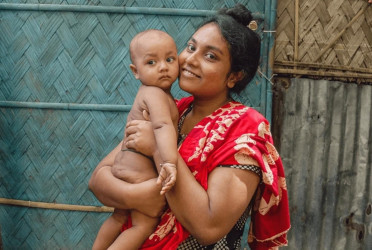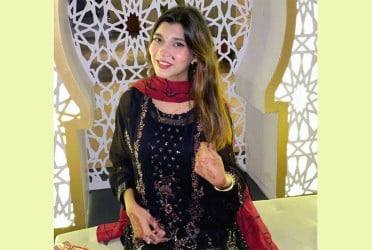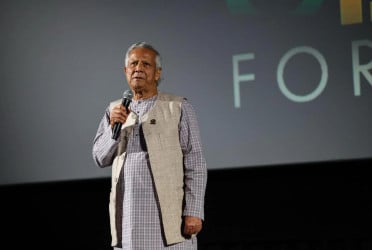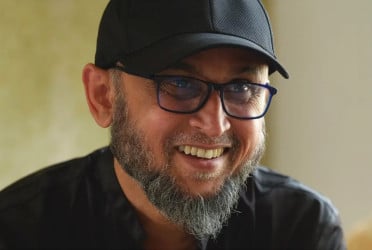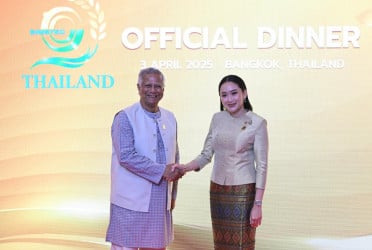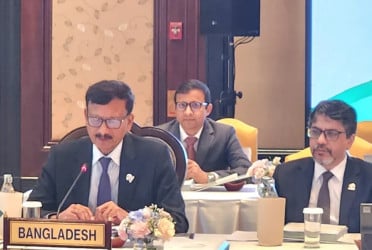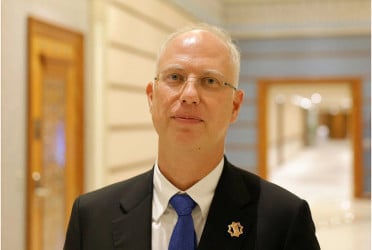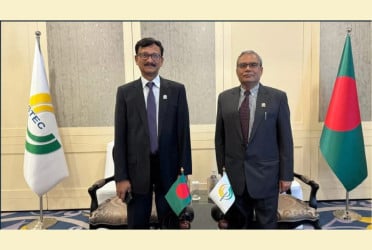Chelsey Luger is a writer and wellness advocate originally from North Dakota, an enrolled member of the Turtle Mountain Band of Chippewa and descendant of the Standing Rock Sioux Tribe. Thosh Collins is a photographer and On Akimel O’odham, Seneca-Cayuga, and Osage, born and raised on the Salt River Reservation. Chelsey and Thosh are co-founders of Well For Culture, an indigenous wellness initiative.
Below, Chelsey and Thosh share 5 key insights from their well-acclaimed book, The Seven Circles: Indigenous Teachings for Living Well.
Chelsey Luger is a writer and wellness advocate originally from North Dakota, an enrolled member of the Turtle Mountain Band of Chippewa and descendant of the Standing Rock Sioux Tribe. Thosh Collins is a photographer and On Akimel O’odham, Seneca-Cayuga, and Osage, born and raised on the Salt River Reservation. Chelsey and Thosh are co-founders of Well For Culture, an indigenous wellness initiative.
Below, Chelsey and Thosh share 5 key insights from their new book, The Seven Circles: Indigenous Teachings for Living Well.
1. Native American cultures are bursting with wellness knowledge.
If you’re an American who knows anything about wellness or spirituality, chances are you know something about some type of wellness or spiritual practice that comes from a faraway part of the world. What you probably don’t know is that there is an ancient tradition of wellness that has been carried on by Indigenous people for thousands of years, right here on this land we all stand on.
There are a lot of reasons why you don’t know anything about Native American wellness. There is much to learn about the history of cultural genocide and spiritual suppression. The reality is that the government, military and the church worked hand-in-hand to kill off as many Native American people and as much of our cultures as they possibly could. It’s no wonder that our stories lie in the margins of history books today. You have been robbed of the opportunity to understand the fullness and richness of Ancient American history. The media tends to focus on negative, stereotypical stories about Native American people on the news. Most people have been so busy feeling sorry for us that they have forgotten to wonder what we can teach them.
Despite all of this, our culture remains, and so does our science and our wisdom. From the Athabascans of Alaska to the O’odham of Arizona and everywhere in between, the spiritual teachings and lifeways of our ancestors have been diligently carried on by our leaders, activists and mothers through the generations. Those very teachings contain a wealth of knowledge that can help anyone today who is struggling to find health and balance in this crazy, chaotic society.
2. Everyone suffers from colonialism.
Settler colonialism is not only an Indigenous problem. Our ancestors and our people today have uniquely experienced its impacts—but today, all Americans are in some way struggling with health due to the imposition of capitalism and sedentary culture. The degradation of the health of the land and the disconnection to real food has caused a sharp rise in modern diseases like diabetes and heart disease. Widespread mental health issues have come from too much technology and not enough real world connection. Our collective health issues are a symptom of colonialism.
“Native American societies are the only people in history who have accomplished a holistically well lifestyle on this land.”
The Seven Circles of Wellness—a model for health and healing—is a map for collective healing that is informed by the teachings and lifeways of Indigenous people. If you think about it, Native American societies are the only people in history who have accomplished a holistically well lifestyle on this land. In the grand scheme of things, our era of good health ended not so long ago! Therefore, if colonialism has harmed all of us, then perhaps Indigenous knowledge is the key to help us all heal.
3. Wellness needs to be more inclusive.
Like interconnection, inclusion is another staple concept in Indigenous thinking, and therefore permeates our way of teaching wellness. In order to be well for ourselves, we have to be well for others. This can be seen as either a burdensome responsibility or as a wonderful opportunity to affect positive change.
Self-care doesn’t have to be selfish. We can spend time exercising, building strength not to overpower others or to look a certain way, but to have more energy to exert in the service of others. We can revamp our perspective on food and commit to eating better for our health, not just to see a different number on the scale, but to help our children develop a healthy relationship to food.
Inclusivity is also intergenerational. On our path to good health, we must value and learn from the perspectives of our elders, and our babies, and everyone in between. Otherwise, we are missing out on a whole host of knowledge and gifts that come from people who are traditionally excluded from modern wellness culture.
“On our path to good health, we must value and learn from the perspectives of our elders, and our babies, and everyone in between.”
There are aspects of health and wellness that a frail 80-year-old grandmother performs with far greater proficiency than her 20-year-old athlete grandson. The boy approaches diet and exercise with scientific precision. He appears physically strong. The grandmother keeps her home beautiful so that it feels like a serene, sacred space where creativity and connection can flourish. She cooks beautiful, homemade meals from memory. They both have gifts to offer. Recognizing this, we can learn from and admire all forms and iterations of wellness and do our best to apply what we can in our own lives.
4. Interconnection is critical in wellness.
Indigenous wellness is all about relationships. We understand, for example, that food isn’t just a lifeless commodity that comes in a package or a can, but rather it is a living, breathing, life-giving entity. As soon as we begin to respect and develop a relationship to food, a beautiful and far-reaching healing process will begin to unfold. Wellness isn’t just about losing weight or taking vitamins. It’s about cultivating a sense of belonging, purpose, and fulfillment in this life.
Interconnection has always been the basis of the Indigenous worldview. We know that if something impacts our physical health, negatively or positively, so too will it impact our mental, spiritual, and emotional health. This is an ancestral teaching with which we were raised that goes back thousands of years.
The Seven Circles of Wellness takes this ancestral teaching and molds it into a model that suits everyone today. There is an inherent flaw in the Western tendency to compartmentalize and categorize everything into separate areas. For example, we go to different places and are prescribed completely different practices for mental versus physical health. This compartmentalization has impeded our ability to see the big picture of our health, and thus makes it difficult for any of us to address health in a comprehensive way. The Seven Circles of Wellness will help you to make these connections, to understand health holistically, and to use this knowledge to find a way to live in balance once again, just as our ancestors did.
“There is an inherent flaw in the Western tendency to compartmentalize and categorize everything into separate areas.”
We need to connect all of the dots in our health, realizing that whether or not you engaged in rigorous movement that day impacts how you slept at night, which impacted your ability to think clearly and get through all of your emails, which impacted whether you found the energy to lovingly cook a nourishing meal and find connection with your family, and so on.
5. Health is not just diet and exercise.
Food and movement are important, which is why we include them as two of the circles of wellness. The Indigenous perspective on wellness, however, is uniquely comprehensive in that it also includes other areas of life that tend to be left out entirely of the wellness conversation. For example, sacred space. The way that we arrange, clean, and even decorate our home can have a significant impact on the way that we feel while we are in that space.
Our pre-colonial Indigenous ancestors were masters of minimalism and making the home feel inviting and warm. The Seven Circles reincorporates aspects of our health that our ancestors demonstrated so beautifully. In addition to sacred space, this includes ceremony; finding time for silence, peace, and introspective thought. Another aspect is the connection to land, with practices like growing food and earth gym. Most importantly, the aspect of community, which includes cultivating a sacred circle of healthy relationships, because connection is key to thriving and living in balance in today’s chaotic world.
Source: nextbigideaclub.com
Bd-pratidin English/Lutful Hoque

